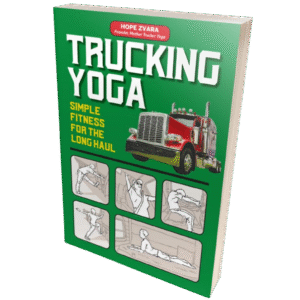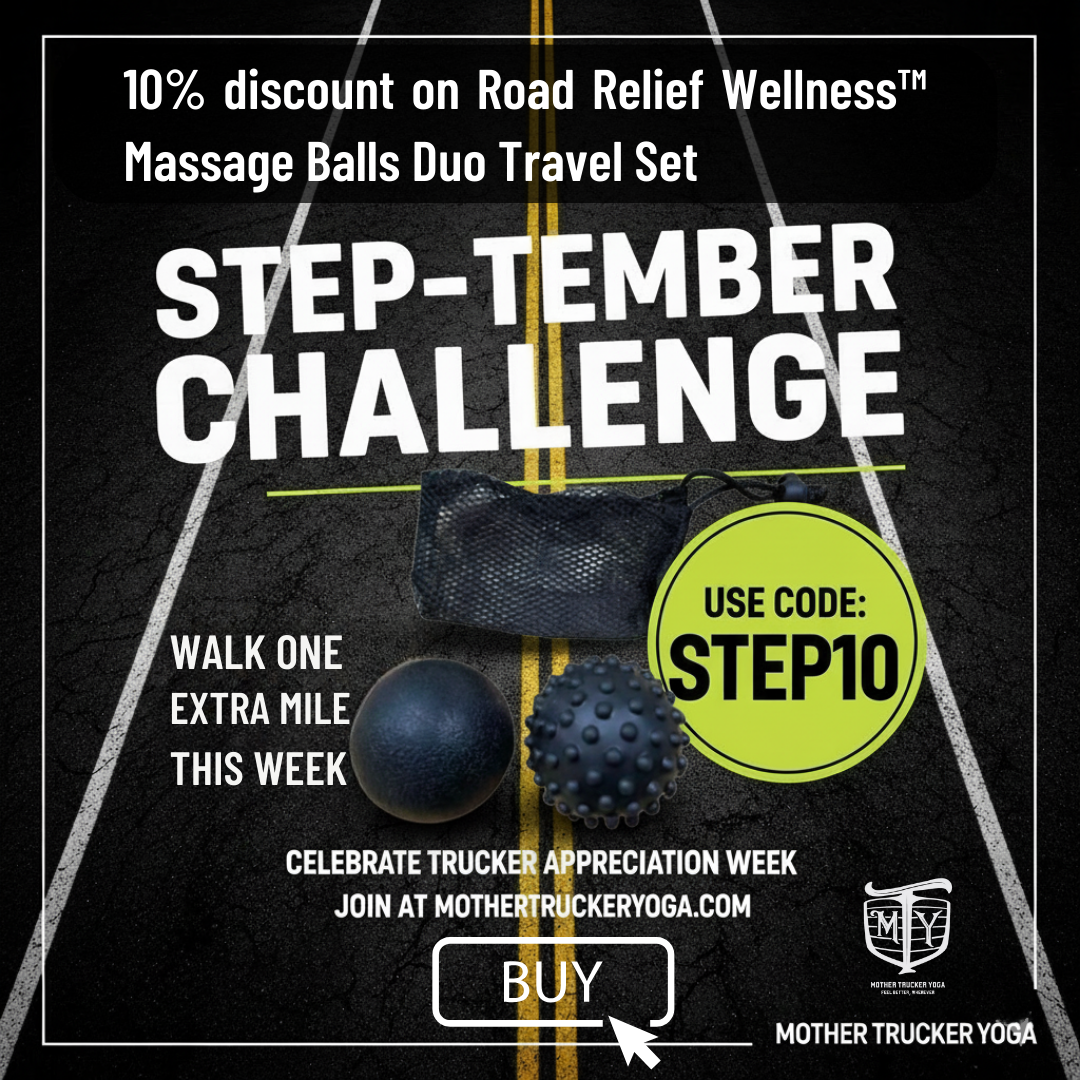Smart Caffeine and Hydration Tips for Truck Drivers: Energy Without the Crash
For truck drivers, fatigue isn’t just uncomfortable — it’s dangerous. Long hours, irregular sleep, and sedentary schedules make energy management one of the biggest challenges on the road. That’s where caffeine and hydration come in.
The problem? Too many drivers lean on energy drinks, sugary sodas, or endless cups of coffee — quick fixes that often lead to dehydration, jitteriness, and inevitable crashes.
The truth is: you can harness caffeine safely and pair it with smart hydration to keep your energy steady without sacrificing your health or focus.
Why Energy Management Matters
- Driver fatigue is a safety risk: According to the FMCSA, drowsy driving is a major factor in accidents involving commercial motor vehicles. (fmcsa.dot.gov)
- Dehydration makes fatigue worse: Even mild dehydration can impair cognitive function, reaction time, and mood. (cdc.gov)
- Over-caffeination backfires: High doses of caffeine can cause anxiety, insomnia, and energy crashes.
The key is balance: using caffeine strategically and pairing it with proper hydration.
Caffeine: How Much Is Too Much?
- The FDA recommends no more than 400 mg of caffeine daily (roughly four 8-oz cups of brewed coffee). (fda.gov)
- Energy drinks can contain as much as 300 mg per can — meaning two could push you over the safe limit.
- Beyond physical risks, high doses of caffeine dehydrate you faster if paired with sugary drinks.
Pro Tip: Aim for smaller, consistent doses of caffeine rather than a giant energy jolt.
Smarter Caffeine Strategies for Truck Drivers
- Time your caffeine
Use it within the first few hours of driving, not late at night.
Avoid caffeine within 6 hours of planned sleep to protect rest quality. - Switch from energy drinks to coffee or tea
Coffee and tea have antioxidants, unlike sugary energy drinks.
Green tea gives steady energy with less caffeine + calming L-theanine. - Try “caffeine naps”
Drink a small coffee, then take a 20-minute power nap.
By the time you wake up, caffeine has kicked in — double the alertness boost. - Pair caffeine with food
Eating protein-rich snacks (like nuts or cheese) prevents caffeine jitters and stabilizes blood sugar.
Hydration: The Foundation of Alertness
Caffeine can’t help you if you’re dehydrated. Water is essential for brain function, muscle coordination, and staying sharp behind the wheel.
How Much Water Do Drivers Need?
- A general guideline: 3.7 liters (men) and 2.7 liters (women) per day, including food and drinks. (cdc.gov)
- Truck drivers may need more in hot weather or when physically active.
Hydration Tips for Truckers
- Use a large reusable water bottle — like our Trucker Camo® 64 oz Travel Bottle. Having water in sight makes you sip more often.
- Add natural flavor — lemon, cucumber, or mint makes water more appealing.
- Swap soda for sparkling water — fizzy without the sugar crash.
- Monitor urine color — pale yellow = hydrated, dark yellow = drink more water.
Snack + Hydration Combos
Pairing snacks with hydration keeps energy levels steady. Here are some road-friendly combos:
- Jerky + water — protein plus hydration
- Apple + sparkling water — natural sugar + hydration
- Trail mix + green tea — balanced macros + steady energy
- Veggies with hummus + water — crunch + hydration
What to Avoid
- Sugary sodas: Spike blood sugar, then crash.
- Excess energy drinks: High caffeine + sugar combo is a recipe for burnout.
- Too much coffee at once: Causes jitters and can upset digestion.
- Skipping water breaks: Dehydration sneaks up fast on long hauls.
Real-Life Trucker Hacks
Truckers in wellness forums recommend:
“I switched from Monster to black coffee and a gallon water jug. Best move I made. I feel less anxious and don’t crash as hard.” — r/Truckers
“I keep a cooler with sparkling water and boiled eggs. Cuts down on stops and keeps me fueled.” — Trucking forum driver
Science-Backed Approaches
- American Heart Association recommends replacing sugary drinks with water or unsweetened beverages. (heart.org)
- Harvard T.H. Chan School of Public Health suggests moderate caffeine intake is safe and beneficial for alertness — but over 400 mg/day may increase risks. (hsph.harvard.edu)
You May Also Like
- Healthy Snack Swaps for Drivers on the Move — pair hydration + fueling snacks to stay energized
- Staying Active and Healthy During Long Hauls — movement habits to keep fatigue away
- External: CDC – Water & Your Health — hydration basics you can trust




